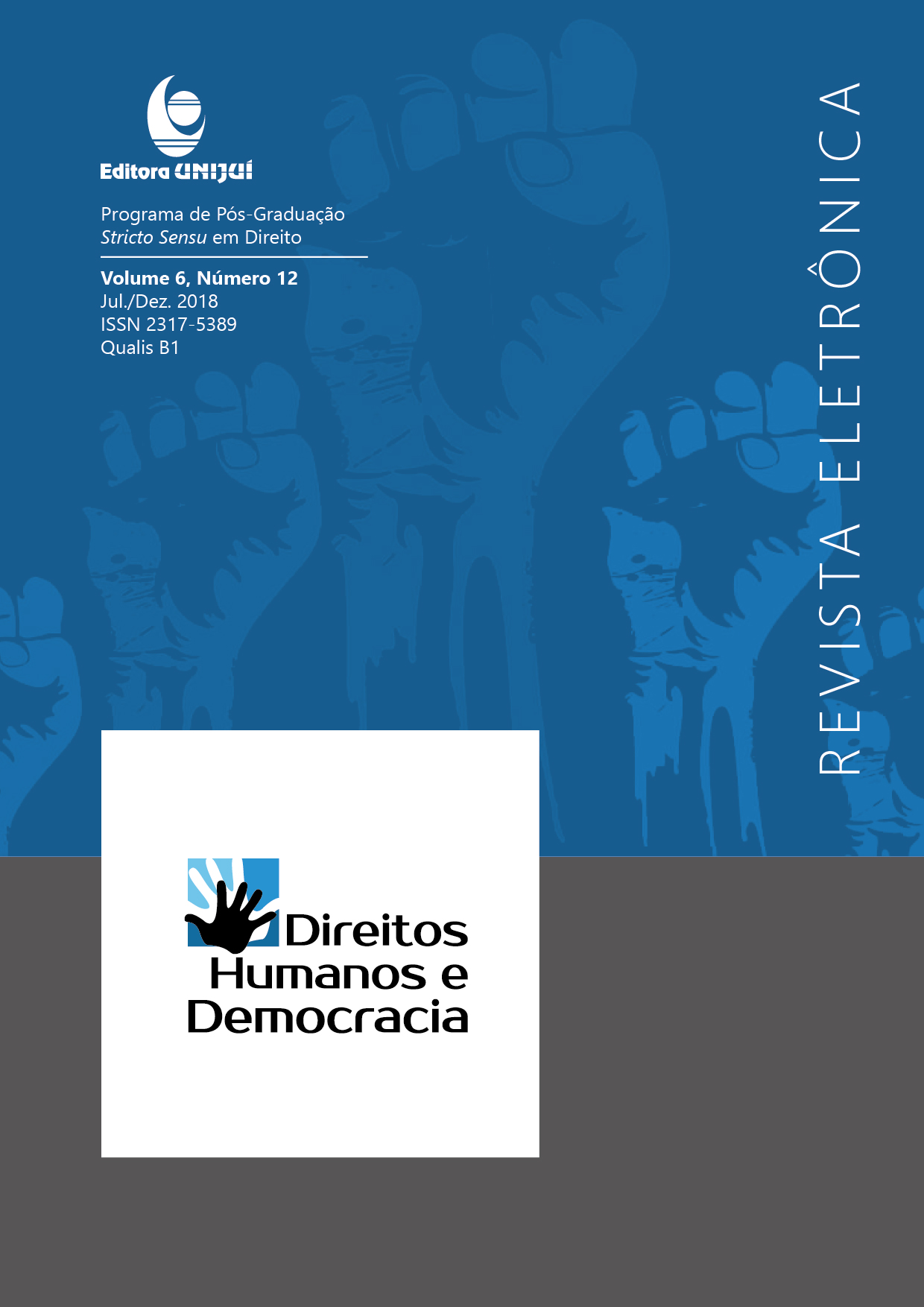NISE: NO CORAÇÃO DA LOUCURA - UMA ANÁLISE DO CONTEXTO DO FILME E A EVOLUÇÃO LEGISLATIVA SOBRE SAÚDE MENTAL
DOI:
https://doi.org/10.21527/2317-5389.2018.12.279-296Abstract
Partindo-se do filme “Nise – no coração da loucura” como marco temporal inicial, com base no ano de 1944 até o ano de 2018, realiza-se um retalho no tempo analisando as legislações vigentes desde a época inicial até a atualidade, no que tange à saúde mental, seja no tratamento médico ou no local de internação dos pacientes, com o objetivo de demonstrar a real evolução legislativa e casuística, seja ela internacional ou nacional. A metodologia aplicada foi o método indutivo e histórico. O objetivo do presente é demonstrar através de um recorte cinematográfico as implicações jurídicas dadas no caso do tratamento dos pacientes que possuem problemas de saúde mental. Como considerações finais o que se observa é uma evolução legislativa no que tange a tutela dos deficientes mentais, com tratamentos mais humanizados, priorizando a dignidade da pessoa humana.
Palavras-chave: Saúde mental. Direitos Humanos. Deficiente mental. Cinema.
Downloads
Published
How to Cite
Issue
Section
License
By publishing in the Revista Direitos Humanos e Democracia, authors agree to the following terms:
Articles are licensed under the Creative Commons Atribuição 4.0 Internacional (CC BY 4.0), which allows:
Share — copy and redistribute the material in any medium or format;
Adapt — remix, transform, and build upon the material for any purpose, including commercial use.
These permissions are irrevocable, provided the following terms are respected:
Attribution — authors must be properly credited, with a link to the license and indication of any modifications made;
No additional restrictions — no legal or technological measures may be applied that restrict the use permitted by the license.
Notices:
The license does not apply to elements in the public domain or covered by legal exceptions.
The license does not grant all rights required for specific uses (e.g., image rights, privacy, or moral rights).
The journal is not responsible for opinions expressed in the articles, which remain the sole responsibility of the authors. The Editor, with the support of the Editorial Committee, reserves the right to suggest or request modifications when necessary.
Only original scientific articles presenting research results of interest, not previously published or simultaneously submitted to another journal with the same purpose, will be accepted.
References to trademarks or specific products are intended solely for identification purposes and do not imply any promotional endorsement by the authors or the journal.
License Agreement: Authors retain copyright over their articles and grant the Revista Direitos Humanos e Democracia the right of first publication.













